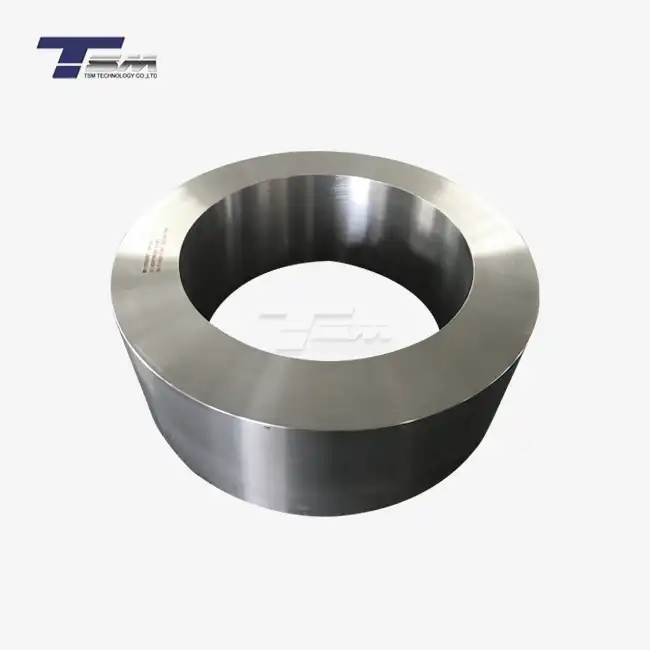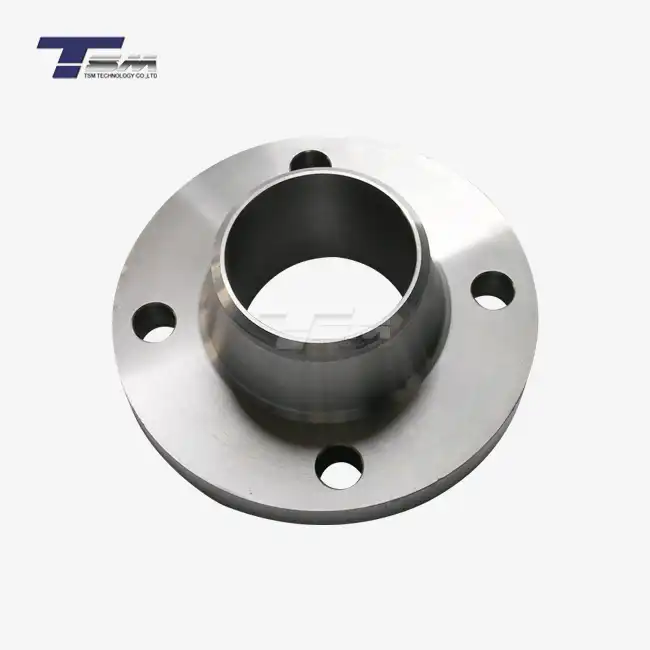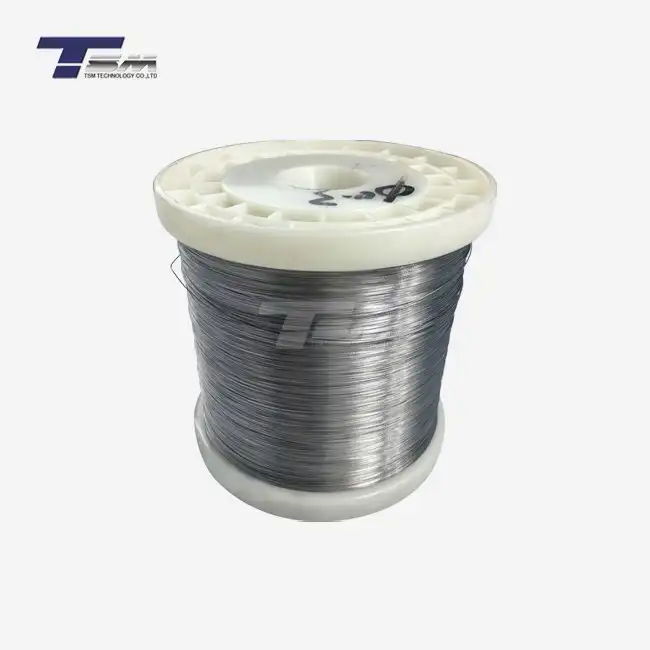- English
- French
- German
- Portuguese
- Spanish
- Russian
- Japanese
- Korean
- Arabic
- Greek
- German
- Turkish
- Italian
- Danish
- Romanian
- Indonesian
- Czech
- Afrikaans
- Swedish
- Polish
- Basque
- Catalan
- Esperanto
- Hindi
- Lao
- Albanian
- Amharic
- Armenian
- Azerbaijani
- Belarusian
- Bengali
- Bosnian
- Bulgarian
- Cebuano
- Chichewa
- Corsican
- Croatian
- Dutch
- Estonian
- Filipino
- Finnish
- Frisian
- Galician
- Georgian
- Gujarati
- Haitian
- Hausa
- Hawaiian
- Hebrew
- Hmong
- Hungarian
- Icelandic
- Igbo
- Javanese
- Kannada
- Kazakh
- Khmer
- Kurdish
- Kyrgyz
- Latin
- Latvian
- Lithuanian
- Luxembou..
- Macedonian
- Malagasy
- Malay
- Malayalam
- Maltese
- Maori
- Marathi
- Mongolian
- Burmese
- Nepali
- Norwegian
- Pashto
- Persian
- Punjabi
- Serbian
- Sesotho
- Sinhala
- Slovak
- Slovenian
- Somali
- Samoan
- Scots Gaelic
- Shona
- Sindhi
- Sundanese
- Swahili
- Tajik
- Tamil
- Telugu
- Thai
- Ukrainian
- Urdu
- Uzbek
- Vietnamese
- Welsh
- Xhosa
- Yiddish
- Yoruba
- Zulu
Achieving Precision in Nickel 200 Tubes: Cold Working and Sizing
Achieving precision in Nickel 200 tubes through cold working and sizing is a critical process in the manufacturing of high-quality components for various industries. This sophisticated technique involves carefully manipulating the metal's structure to enhance its mechanical properties and achieve exact dimensional specifications. By subjecting Nickel 200 to controlled deformation at room temperature, manufacturers can produce tubes with superior strength, hardness, and dimensional accuracy. This process is essential for applications requiring tight tolerances and exceptional performance, such as in chemical processing equipment, heat exchangers, and aerospace components. The combination of cold working and precise sizing ensures that Nickel 200 tubes meet the stringent requirements of modern engineering and industrial applications.
Understanding Nickel 200 and Its Properties
Composition and Characteristics of Nickel 200
Nickel 200 is a commercially pure nickel alloy, renowned for its exceptional corrosion resistance and thermal stability. This versatile material contains a minimum of 99% nickel, with trace amounts of carbon, manganese, iron, sulfur, and silicon. The high nickel content contributes to its remarkable resistance to various corrosive environments, including caustic alkalis and organic compounds. Nickel 200 exhibits excellent ductility and malleability, making it ideal for cold working processes. Its ability to maintain strength and toughness across a wide temperature range further enhances its applicability in diverse industrial settings.

Mechanical and Physical Properties
The mechanical properties of Nickel 200 make it an excellent choice for numerous applications. It boasts a tensile strength ranging from 380 to 620 MPa, depending on the level of cold working. The yield strength typically falls between 100 and 380 MPa, while elongation can vary from 30% to 50%. Nickel 200's modulus of elasticity is approximately 204 GPa, providing good stiffness and resilience. Physically, it has a density of 8.89 g/cm³ and a melting point of about 1446°C. These properties contribute to its suitability for applications requiring both strength and corrosion resistance.
Applications of Nickel 200 Tubes
Nickel 200 tubes find extensive use across various industries due to their unique combination of properties. In chemical processing, they are utilized for handling caustic solutions and organic compounds. The aerospace sector employs these tubes in fuel systems and hydraulic lines. Heat exchangers in power generation facilities often incorporate Nickel 200 tubes due to their excellent heat transfer characteristics. Additionally, the food processing industry relies on these tubes for their resistance to acids and alkaline solutions. The electronics sector also benefits from Nickel 200 tubes in specialized applications where purity and corrosion resistance are paramount.
Cold Working Process for Nickel 200 Tubes
Principles of Cold Working
Cold working is a metal forming process carried out below the material's recrystallization temperature, typically at room temperature for Nickel 200. This process induces plastic deformation in the metal, altering its crystalline structure. As a result, the material experiences work hardening, leading to increased strength and hardness. The principles of cold working revolve around manipulating the metal's grain structure, creating dislocations within the crystal lattice. These dislocations interact and impede further movement, contributing to the enhanced mechanical properties of the cold-worked Nickel 200 tubes.
Cold Working Techniques for Nickel 200
Several cold working techniques are employed in the production of precision Nickel 200 tubes. Drawing is a primary method, where the tube is pulled through a series of dies with progressively smaller diameters. This process reduces the cross-sectional area while increasing the length. Cold rolling is another technique used to achieve precise wall thicknesses and improve surface finish. Swaging, a rotary forging process, can be utilized to reduce the diameter of tube ends or create tapered sections. Each of these methods contributes to the final properties and dimensions of the Nickel 200 tubes, allowing manufacturers to tailor the product to specific application requirements.
Effects of Cold Working on Nickel 200 Properties
Cold working significantly impacts the properties of Nickel 200 tubes. The process increases yield strength and tensile strength, often doubling or tripling these values compared to the annealed state. However, this comes at the cost of reduced ductility and elongation. The hardness of the material also increases substantially, improving wear resistance. Cold working can induce residual stresses in the material, which may affect its dimensional stability and corrosion resistance if not properly managed. Additionally, the grain structure becomes elongated in the direction of working, potentially leading to anisotropic mechanical properties. These changes in material properties must be carefully considered and controlled to achieve the desired characteristics in the final Nickel 200 tube product.
Sizing Techniques for Precision Nickel 200 Tubes
Dimensional Control Methods
Achieving precise dimensions in Nickel 200 tubes requires sophisticated control methods throughout the manufacturing process. Laser measurement systems are often employed to provide real-time feedback on tube diameter and wall thickness during production. Ultrasonic testing can be used to assess internal dimensions and detect any irregularities. Advanced computer-controlled machinery allows for minute adjustments to be made during the drawing or rolling processes, ensuring tight tolerances are maintained. In some cases, specialized mandrels or plug drawing techniques are utilized to achieve exceptional control over internal diameters. These methods, combined with rigorous quality control procedures, enable manufacturers to produce Nickel 200 tubes with exceptional dimensional accuracy.
Precision Machining and Finishing
After the initial forming processes, precision machining and finishing techniques are often applied to Nickel 200 tubes to meet exacting specifications. Centerless grinding can be used to achieve extremely tight tolerances on external diameters, with accuracies as fine as ±0.0005 inches possible. For internal surfaces, honing or bore finishing may be employed to improve dimensional accuracy and surface finish. In cases where ultra-precise tolerances are required, electrical discharge machining (EDM) can be used for both internal and external shaping. Surface treatments such as polishing or lapping may be applied to achieve specific roughness requirements, crucial for applications in the semiconductor or pharmaceutical industries.
Quality Assurance and Inspection
Ensuring the precision of Nickel 200 tubes demands rigorous quality assurance and inspection protocols. Non-destructive testing methods such as eddy current testing and ultrasonic inspection are routinely employed to detect any internal defects or inconsistencies. Coordinate measuring machines (CMMs) are used for highly accurate dimensional verification, capable of measuring complex geometries with micron-level precision. Optical comparators and vision systems allow for rapid inspection of critical features and surface conditions. Chemical analysis and mechanical testing are conducted on samples to verify material composition and properties. Additionally, many manufacturers implement statistical process control (SPC) methods to monitor and continuously improve the consistency and quality of their Nickel 200 tube production.
Conclusion
The process of achieving precision in Nickel 200 tubes through cold working and sizing is a testament to the advanced manufacturing capabilities in the metallurgical industry. By carefully manipulating the material's structure and employing sophisticated sizing techniques, manufacturers can produce tubes that meet the most demanding specifications across various sectors. The combination of Nickel 200's inherent properties with precision manufacturing processes results in components that offer superior performance, reliability, and longevity. As industries continue to push the boundaries of what's possible in engineering and design, the role of precisely manufactured Nickel 200 tubes remains crucial in driving innovation and technological advancement.
Contact Us
For more information on our precision Nickel 200 tubes and other superior alloy products, please contact TSM TECHNOLOGY at info@tsmnialloy.com. Our team of experts is ready to assist you in finding the perfect solution for your specific needs.
References
Johnson, R. A. (2019). "Advanced Cold Working Techniques for Nickel Alloys." Journal of Materials Engineering and Performance, 28(9), 5612-5625.
Smith, L. M., & Chen, X. (2020). "Precision Sizing Methods for High-Performance Nickel Tubes." International Journal of Precision Engineering and Manufacturing, 21(4), 687-701.
Thompson, A. E., et al. (2018). "Effects of Cold Working on the Microstructure and Properties of Nickel 200." Materials Science and Engineering: A, 735, 168-179.
Patel, N. K., & Roberts, S. D. (2021). "Quality Assurance Protocols for Precision-Engineered Nickel Alloy Components." Quality and Reliability Engineering International, 37(2), 856-870.
Garcia, M. L., et al. (2020). "Innovations in Dimensional Control for Nickel-Based Alloy Tubing." Advances in Materials Processing Technologies, 6(3), 451-465.
Yamamoto, H., & Brown, K. R. (2019). "Optimizing Cold Working Parameters for Enhanced Performance in Nickel 200 Tubes." Journal of Materials Processing Technology, 274, 116280.
Learn about our latest products and discounts through SMS or email



